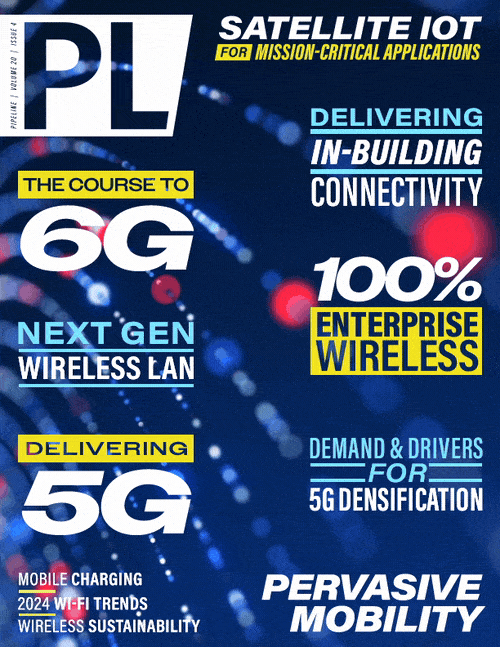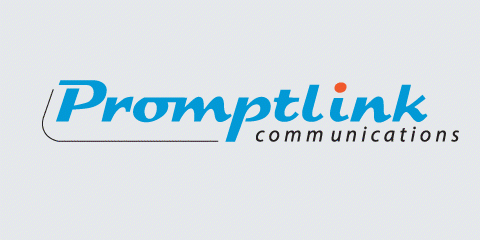Demand and Drivers for 5G Densification
By: Justin Berger

There has been much excitement regarding the promise of 5G connectivity. At its inception, 5G was set to improve all aspects of our lives. However, the rollout of the technology has not been at the expected pace. Thankfully, things are changing. According to a recent report which explores the vital role 5G plays in today’s digital landscape, 71 percent of decision makers in mobile network operators (MNOs), public, and private sector organizations in the U.K., Ireland, and the U.S., are now more confident in 5G than ever before. In fact, 81 percent of U.S.-based public and private companies say that 5G has a direct impact on the performance of their organizations.
Growing confidence in 5G is a good thing. It does not mean, however, that continuing to roll out 5G is without challenges. The truth is that 96 percent of respondents, according to this same report, have faced increasing hurdles. Effectively deploying 5G infrastructure and dedensifying deployed networks can be complex, time-consuming, costly, and labor-intensive. For respondents, it means justifying CapEx, navigating political and regulatory environments, and putting more fiber in the ground. While confidence in 5G is clear, the road to 5G densification is less so.
So, what is the solution? How can MNOs, public, and private organizations overcome these challenges? For 5G to become a widespread reality, more fiber, more cell sites, and more investments are required. The right deployment model has to support that.
About Promptlink - www.promptlink.com
Promptlink Communications is an industry innovator in network noise detection and CPE testing, with 15 patents demonstrating the innovation and breakthrough technology Promptlink
has developed. One key innovation has led to solving the puzzle of localizing and repairing ingress and other types of HFC noise and impairments. Machine learning and a huge library
of labeled data is used to identify the type of noise or other impairment and sends the specific location directly to a technician, with no analysis required. Promptlink’s Network
NoiseHawkAI provides a fully-automated solution for localizing, diagnosing and repairing Upstream Noise and other impairments. NoiseHawkAI automatically localizes a point in your
network, provides instructions to find and fix the issue, and validates the fix. All steps are fully automated, using the latest AI technology to send all info straight to a
smartphone. Promptlink's patented and award-winning solution is one-of-a-kind. This is only one of many unique solutions provided by Promptlink.
A Neutral Approach
5G success hinges on the implementation of effective network-building strategies. This means making physical and financial investments. These investments will be crucial in unlocking new 5G use cases, whether they be for enterprises aspiring to become factories of the future, or MNOs looking for new ways to engage with their subscribers. But investment requires financial resources. Take MNOs for example: As they face reduced margins and ever-increasing budget pressure, large upfront CapEx costs are an unwelcome expense. The same is true for organizations in both public and private sectors where creative ways are needed to roll out and densify 5G networks with maximum ROI. One such creative way is neutral hosts.
Neutral hosts offer the ability to deploy, operate, and lease connectivity infrastructure. Through this, customers — in both the public and private sectors — have access to reliable, advanced connectivity that enables them to deliver their services and accelerate 5G adoption. All of this is accomplished without the need to build or maintain proprietary infrastructure because said infrastructure investments can be shared on a neutral basis across several customers, lowering costs for all.
In that sense, the neutral host approach works well to address the key challenges faced by those responsible for building infrastructure, particularly MNOs. Economies of scale are also made possible by unifying network security. Neutral hosts can implement centralized security measures to protect shared infrastructure. This ensures consistent and robust security policies which facilitate coordinated response efforts in security incidents. A unified approach will be easier than every MNO trying to manage




















